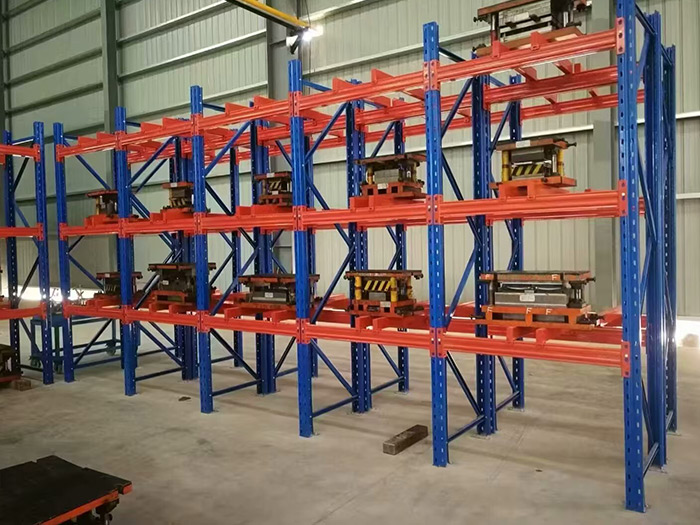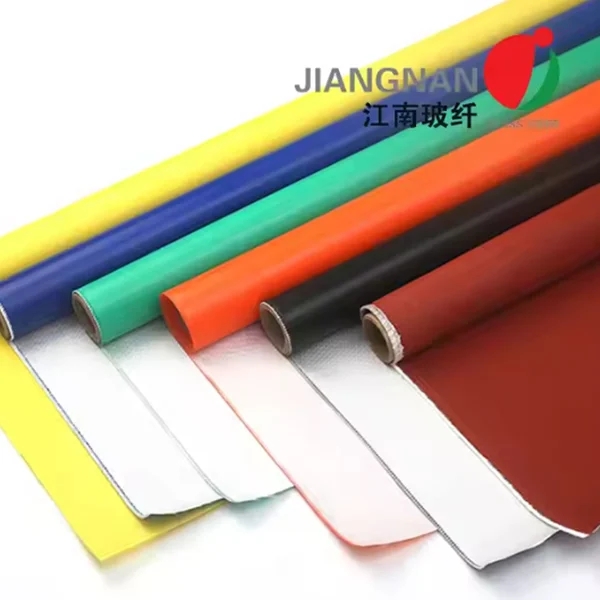Cost-Effective Solutions for Insulating Your Shed: A Comprehensive Guide
When it comes to maximizing the utility of a shed, one of the most important considerations is how to effectively wall the interior. Whether you're transforming your shed into a workshop, storage space, or a cozy retreat, understanding the cheapest ways to wall inside a shed can save you both time and money. This article delves into various materials, techniques, and tips to help you achieve an efficient and budget-friendly interior walling solution.
Understanding Your Shed's Purpose
Before diving into materials and methods, it's crucial to define the purpose of your shed. The intended use will significantly influence your choice of walling materials. For instance, a workshop may require more durable and insulated walls compared to a simple storage shed. Identifying the primary function will help you make informed decisions about the materials and techniques that will best suit your needs.
- Choosing the Right Materials
Plywood
Plywood is one of the most cost-effective materials for walling a shed. It is readily available, easy to work with, and provides a sturdy structure. A standard 4x8 sheet of plywood typically costs between $20 to $40, depending on the thickness and quality. For a budget-friendly option, consider using CDX plywood, which is suitable for interior walls and provides decent insulation.
OSB (Oriented Strand Board)
OSB is another economical choice for walling. It is generally cheaper than plywood, costing around $10 to $30 per sheet. OSB is durable and offers good structural integrity, making it a popular choice for sheds. However, it may not be as aesthetically pleasing as plywood, so consider painting or covering it with other materials for a finished look.
Insulation Panels
If your shed will be used for activities that require temperature control, investing in insulation panels is essential. Rigid foam insulation boards are a cost-effective way to insulate your shed while also serving as a wall surface. These panels can cost between $10 to $20 per board and provide excellent thermal resistance.
- DIY vs. Professional Installation
One of the most significant factors in keeping costs down is whether you choose to undertake the project yourself or hire a professional. DIY walling can save you labor costs, but it requires time, tools, and some level of skill. If you're comfortable with basic carpentry, you can significantly reduce expenses by handling the installation yourself.
However, if you're unsure about your abilities or the project is particularly complex, hiring a professional might be a better investment. Be sure to obtain multiple quotes to ensure you’re getting a fair price.
- Techniques for Cost-Effective Walling
Stud Framing
Using a stud framing technique is a traditional and effective method for constructing walls. This involves creating a frame using 2x4 lumber, which can be purchased for about $3 to $5 per piece. Once the frame is built, you can attach your chosen wall material, whether it be plywood, OSB, or insulation panels.
Paneling
For a quicker and often cheaper solution, consider using pre-made wall panels. These panels can be found at home improvement stores and come in various materials, including plywood and MDF (Medium Density Fiberboard). They are easy to install and can often be done in a single weekend.
- Finishing Touches
Once the walls are up, consider adding a coat of paint or a protective sealant to enhance durability and aesthetics. A gallon of paint typically costs between $20 to $50, depending on the quality and finish. This not only improves the appearance of your shed but also protects the walls from moisture and wear.
Conclusion
Walling the inside of your shed doesn’t have to break the bank. By carefully selecting materials, considering DIY options, and employing cost-effective techniques, you can create a functional and attractive interior space. Whether you opt for plywood, OSB, or insulation panels, the key is to align your choices with the intended use of the shed while keeping an eye on your budget. With the right approach, you can achieve a well-walled shed that meets your needs without overspending.


